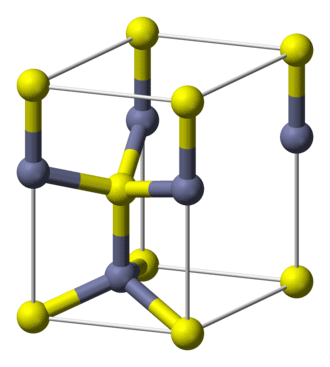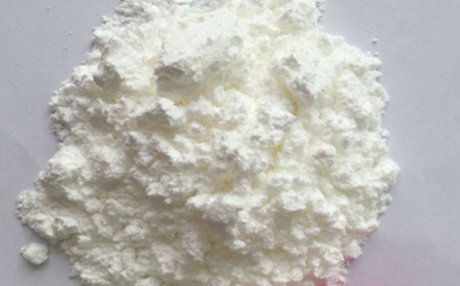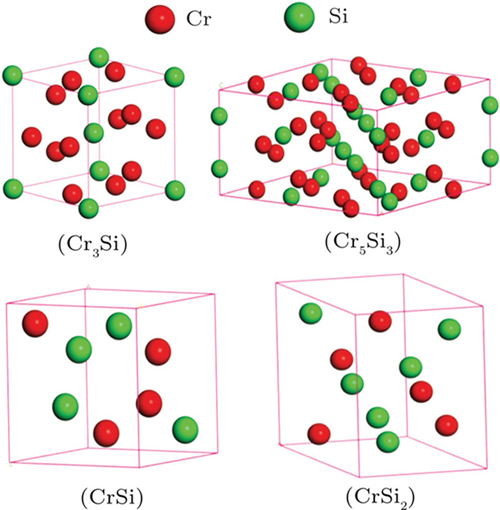What is the crystal structure of cadmium Selenide?
Cadmium selenide (CdSe) is a black to red-black solid inorganic compound belonging to II–VI semiconductor group. At room temperature, it has a bulk direct bandgap of 1.74 eV, which falls in the visible spectrum. At normal temperature and pressure Cadmium selenide crystallizes in the hexagonal, wurtzite lattice. CdSe can also crystallize in the cubic, zinc-blende modification (c-CdSe), although it is me-tastable under normal conditions.

Cadmium selenide (CdSe) crystals feature an infrared transmission up to 24 µm, reasonably large nonlinearity and small walk-off angle. CdSe crystals can be employed into difference frequency generation (DFG), optical parametric oscillation (OPO) schemes to generate infrared laser radiation above ZGP absorption edge (>12 µm). For instance, CdSe OPO can potentially be pumped by 2 µm Tm-doped, Ho-doped, Tm and Ho co-doped lasers and produce far infrared idler radiation. Besides nonlinear optic applications cadmium selenide crystal material can be used for IR optical elements: substrates, polarizers, waveplates, etc.
Cadmium selenide crystals are used in various middle infrared (MIR) applications, most commonly CdSe is used to produce infrared optical components and in CO, CO2 or tother infrared laser systems.
Over the years several crystal growing methods have been adopted to grow CdSe single crystal and poly-crystalline material. Chemical vapor transport, solid state re-crystallization, temperature gradient solution zone growing, high-pressure vertical zone melting are mostly used to achieve high quality CdSe crystal.


